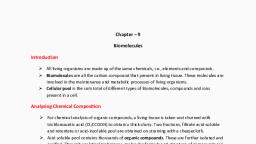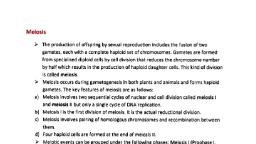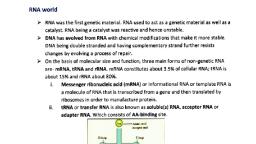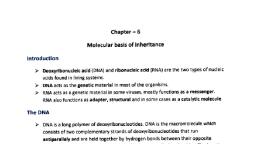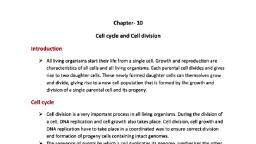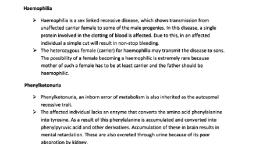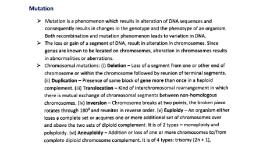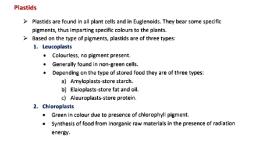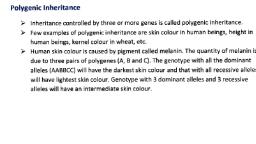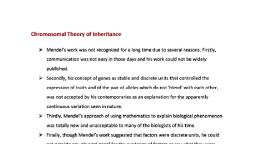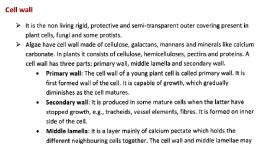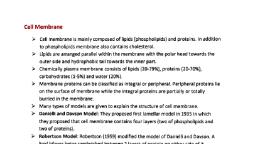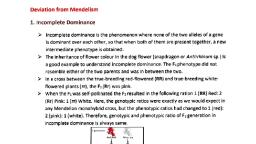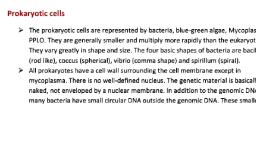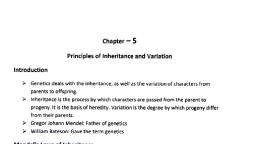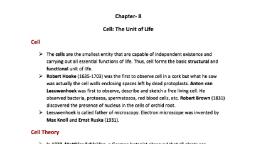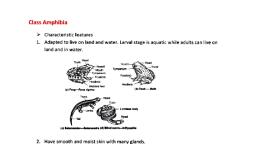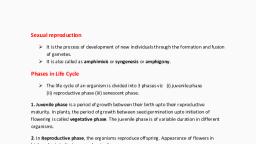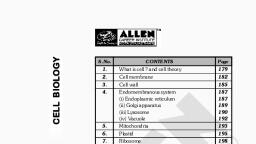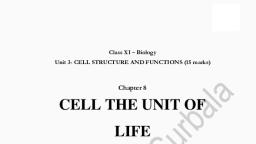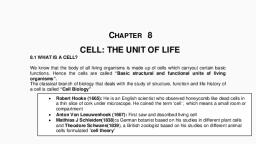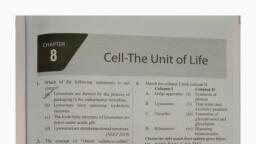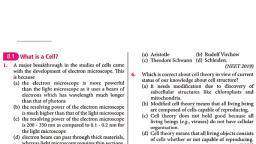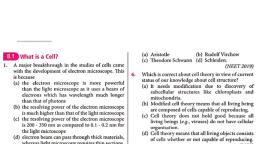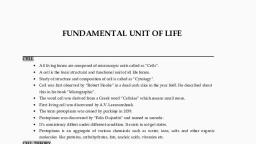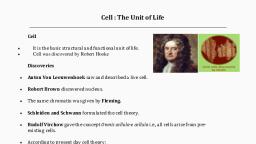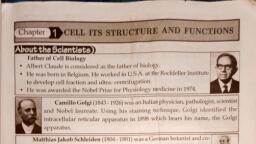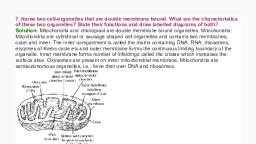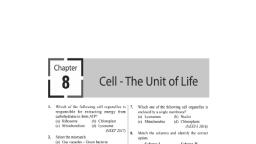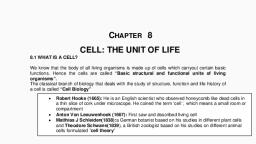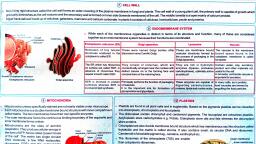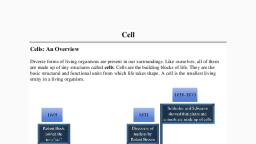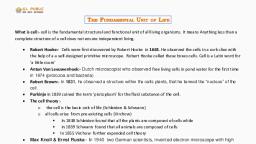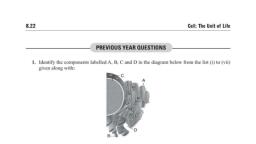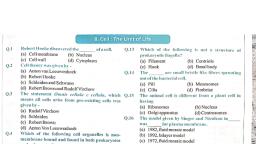Page 1 :
Lysosomes, Lysosomes were first reported by Christian de Duve (1955). They are single, membrane bound, small vesicular organelles, containing hydrolytic enzymes., These are membrane bound vesicular structures formed by the process of packaging, in the Golgi apparatus. The isolated lysosomal vesicles have been found to be very, rich in almost all types of hydrolytic enzymes (hydrolases - lipases, proteases,, , carbohydrases) optimally active at the acidic pH., , They are also called as suicidal bags owing to the presence of large number of, digestive enzymes or acid hydrolases in them. Lysosomes are present in all animal, cells except RBCS. In plants and fungi, vacuoles take over the function of lysosomes., Lysosomes show polymorphism, i.e., existence of more than one morphological, forms in same cell. Depending upon the morphology, content and functions, they are, , divided into following four forms: Primary lysosomes, secondary lysosomes, residual, bodies and autophagic vacuoles., , Vacuoles, I t is the membrane- bound space found in the cytoplasm. Contains water, sap,, excretory product and other materials not useful for the cel. Bounded by a single, membrane called tonoplast., I n plant cells, the vacuoles can occupy upto 90% of volume of the cel. Vacuoles may, be of four types depending upon content and functions: sap vacuole, food vacuole,, contractile vacuole and air vacuole., , I n Amoebo, the contractile vacuole is important for osmoregulation and excretion. In, protists, food vacuoles are formed by engulfing the food particles. The tonoplast has, sites for passage of number of ions and other materials into the vacuole against, concentration gradient. It maintains osmotic pressure and turgidity., , Mitochondria, They were first observed by Kolliker in 1857 while the name "mitochondria", was, given by Benda (1898)., , Mitochondria are organelles of aerobic eukaryotes and are absent in prokaryotes, and mature RBCs., , They are called 'power house of cell' because they take part in cellular respiration, and energY generation., , Structure, Mitochondria are cylindrical or sausage-shaped double membranous structure, having length of about 1.0-4.1 um and a diameter of 0.2-1.0 um.
Page 2 :
matrix, , a, r, , dne, , criste, , MITOCHONDRIA, STRUCTURE, >Each mitochondrion is a double membrane-bound structure with the outer, membrane and the inner membrane dividing its lumen distinctly into two aqueous, compartments, i.e., the outer compartment and the inner compartment. The inner, , compartment is filled with a dense homogeneous substance called matrix. The outer, membrane forms the continuous limiting boundary of the organelle. The inner, , membrane forms a number of infoldings called the cristae towards the matrix figure., The cristae increases the surface area., , Inner membrane and cristae possess mushroom-like projections called elementary, , particles (Fo-Fa particles) or oxysomes. Enzymes of electron transport chain are, , located in the inner mitochondrial membrane in contact with elementary particles., Mitochondria are semi-autonomous in nature as they have their own DNA which can, replicate independently and produce their own mRNA, t RNA and rRNA to synthesise, some of their proteins. New mitochondria are produced by pre-existing, mitochondria.

